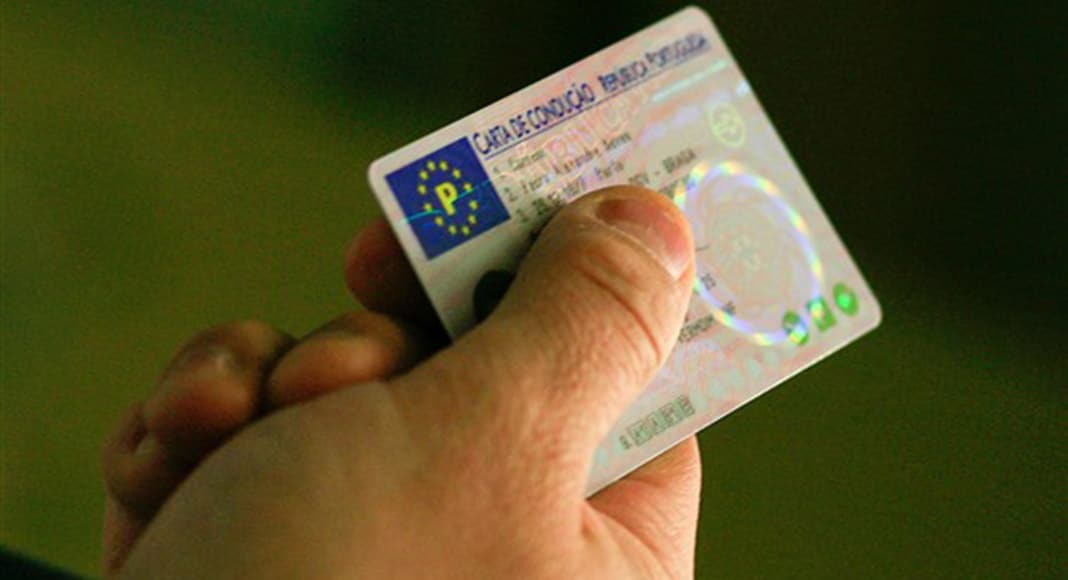Understanding the Driving License Process: A Comprehensive Guide
Browsing the process of obtaining a driving license can be an overwhelming experience for lots of people. Whether Passar Na Prova De Condução is a novice candidate or an experienced driver moving to a brand-new state or nation, understanding the steps involved in getting a driving license is crucial. This post aims to clarify the driving license process, detail the essential steps included, and offer important insights along the way.
The Importance of a Driving License
A driving license is more than simply a piece of plastic. It serves a number of important functions, consisting of:
- Proof of Identity: A driving license typically serves as a main kind of identification, helpful for different situations such as travel and banking.
- Legal Authorization to Drive: A driving license confirms that a person has actually passed the needed tests to operate an automobile securely.
- Compliance with the Law: Driving without a license is prohibited in a lot of jurisdictions, causing fines and legal repercussions.
- Insurance and Liability: Most insurer need a valid driving license to release a policy, protecting both the motorist and others on the road.
Steps Involved in Obtaining a Driving License
Getting a driving license usually involves several essential steps. While the specifics may vary based upon area, the following is a basic overview of the process:
1. Understanding the Requirements
Before a specific begins the driving license application process, they must comprehend the requirements stated by their regional Department of Motor Vehicles (DMV) or equivalent authority. Common requirements include:
- Minimum Age: Most areas require applicants to be at least 16 years of ages, though this can differ.
- Evidence of Identity: Identification documents such as a birth certificate or passport are usually required.
- Residency: Applicants need to frequently show evidence of residency in the area where they are applying.
2. Take a Driver Education Course (if needed)
In numerous locations, particularly for teenagers, a chauffeur education course is needed. These courses usually consist of both classroom direction and behind-the-wheel training, covering:
- Driving laws and regulations
- Safe driving practices
- Protective driving techniques
Conclusion of such a program may be essential before applying for a learner's authorization or a complete driving license.
3. Obtain a Learner's Permit
The majority of jurisdictions require new motorists to first get a learner's permit. This permit enables people to practice driving under particular conditions, generally with a licensed grownup in the guest seat.
To acquire a learner's permit, candidates normally need to:
- Pass a composed understanding test covering traffic laws and indications.
- Supply the needed documents, such as proof of identity, residency, and completion of a motorist education course (if relevant).
4. Practice Driving
Once the student's license is gotten, the candidate can start practicing driving. States may have particular requirements, such as:
- Minimum number of practice hours (e.g., 50 hours with 10 hours at night).
- Complying with restrictions on driving alone or throughout particular times.
5. Arrange and Take the Driving Test
After fulfilling the practice requirements, the next action is to schedule and take the driving abilities test. The driving test assesses both understanding and practical skills in real-world driving circumstances, consisting of:
- Parallel parking
- Lane changes
- Obeying traffic signs and signals
- Dealing with crossways and highway driving
6. Pay the Fees
As soon as the driving test is successfully completed, applicants will normally require to pay an associated fee to acquire their driving license. The charge varies by location and may cover the cost of photo-taking, processing, and issuance.
7. Get the Driving License
After completing all the above steps and paying the needed charges, applicants will get their driving license. In a lot of cases, they will be issued a short-lived license while awaiting the official card to get here by mail.
Tips for a Smooth Licensing Process
To make sure a smooth and effective driving license application process, possible motorists must think about the following pointers:
- Prepare for the Written Test: Study your region's chauffeur manual and take practice tests available online.
- Practice Driving with a Licensed Adult: Gain as much real-world experience as possible before the driving test.
- Be Punctual: Arrive early for your driving test to alleviate stress.
- Stay Calm During the Test: Remember that the instructor is there to evaluate your driving skills objectively.
Frequently Asked Questions (FAQs)
1. How long does it require to get a driving license?
The timeline can vary extensively depending on the location and the applicant's readiness. Normally, from starting the application process to receiving the license can take anywhere from a few weeks to a couple of months.
2. What documents do I require to look for a driving license?
Typical documents needed consist of:
- Proof of identity (birth certificate or passport)
- Social Security number (if appropriate)
- Proof of residency (utility costs or lease agreement)
3. Can I acquire a driving license if I have a rap sheet?
It depends upon the nature of the offense and the laws in your jurisdiction. It's suggested to talk to the local DMV to comprehend any constraints based upon criminal history.
4. Do I require to take a composed test if I have experience driving in another state or country?
Generally, individuals with a valid driving license from another area might not require to take the written or driving tests. However, documents and verification may be required.
5. How can I prepare for the driving test?
Practicing driving under various conditions, examining roadway signs, and taking mock tests can significantly help in preparation for the driving skills test.
The driving license process is a vital initiation rite for many individuals, providing the liberty and responsibility of driving an automobile. By understanding the steps involved, preparing properly, and following local guidelines, aiming motorists can browse the journey to receiving their driving license with confidence.

